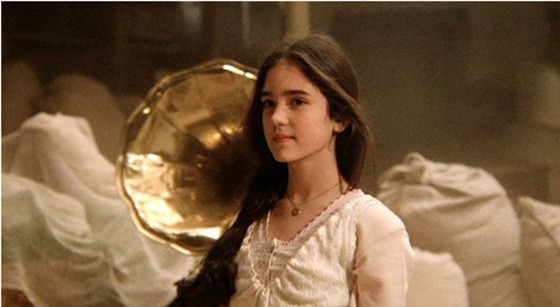
It is nice to know that an extended cut of your favorite film exists. Many times, an extended edition or a director’s cut might not only lengthen the film’s running time, but also improve its quality.
Films like the Lord of the Rings trilogy, “Kingdom of Heaven” or “Donnie Darko” have all benefited from their director’s cut releases. Heck, even “Batman v Superman” was better as an extended film. But all of these examples are films that were released in two editions: the original theatrical release and the director’s cut.
However, there are films which managed to get not only two, but three, four or – in some cases – over seven different versions. In this list, we will focus on 10 great movies from this latter category.
1. Blade Runner (1982)
Number of versions: 7
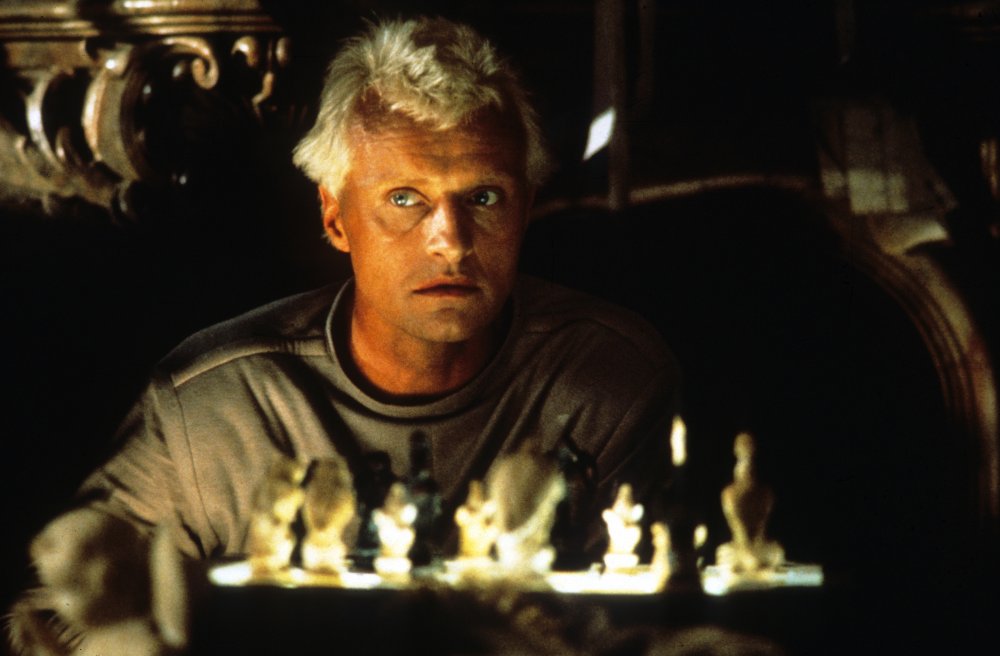
Ridley Scott’s revolutionary science fiction film is famous for its numerous releases. Seven different versions of the film are known to exist, and there have even been rumors of an eighth version of the film that was only screened for studio staff and never released.
The first version of the film was the 1982 workprint version (113 minutes), which was screened in Denver and Dallas in March 1982. The negative reactions from the audiences led the studio to change the film’s ending to a happier one and to add a voiceover narration in order to make the film’s plot clearer.
This altered version of the film is known as the US Theatrical Cut, or the Domestic Cut (116 minutes). The voiceover narration was provided by Harrison Ford and the “happy ending” scene contains some unused aerial shots from Stanley Kubrick’s “The Shining.”
Another workprint of “Blade Runner,” known as the San Diego Sneak Preview Version, was screened in San Diego in May 1982 and included three new scenes that were absent from all the other versions. This version of the film was never screened again or commercially released.
A different version of the film was distributed in Europe, Australia and Asia. This version is dubbed The International Cut and runs for 117 minutes. It contains three additional violent scenes which were absent from the US Theatrical Cut.
A fifth version of the film was released in 1986 and is known as the US Broadcast version. This one was edited by the television network CBS, which edited three minutes from the film to reduce some of the profanity and nudity in order to meet the broadcasting restrictions.
The year 1992 saw the release of the Director’s Cut of the movie. While this version got rid of Ford’s voiceovers, the “happy ending,” and added a few scenes, including the famous unicorn dream sequence, Scott was not completely happy with how this cut turned out either.
The 2007 version, aka “Blade Runner: The Final Cut” or the 25th Anniversary Edition is the latest – and probably last – cut of the film to be released. This is the only version which Scott had complete creative control upon and is widely considered the superior cut of the film.
2. Apocalypse Now (1979)
Number of versions: 3
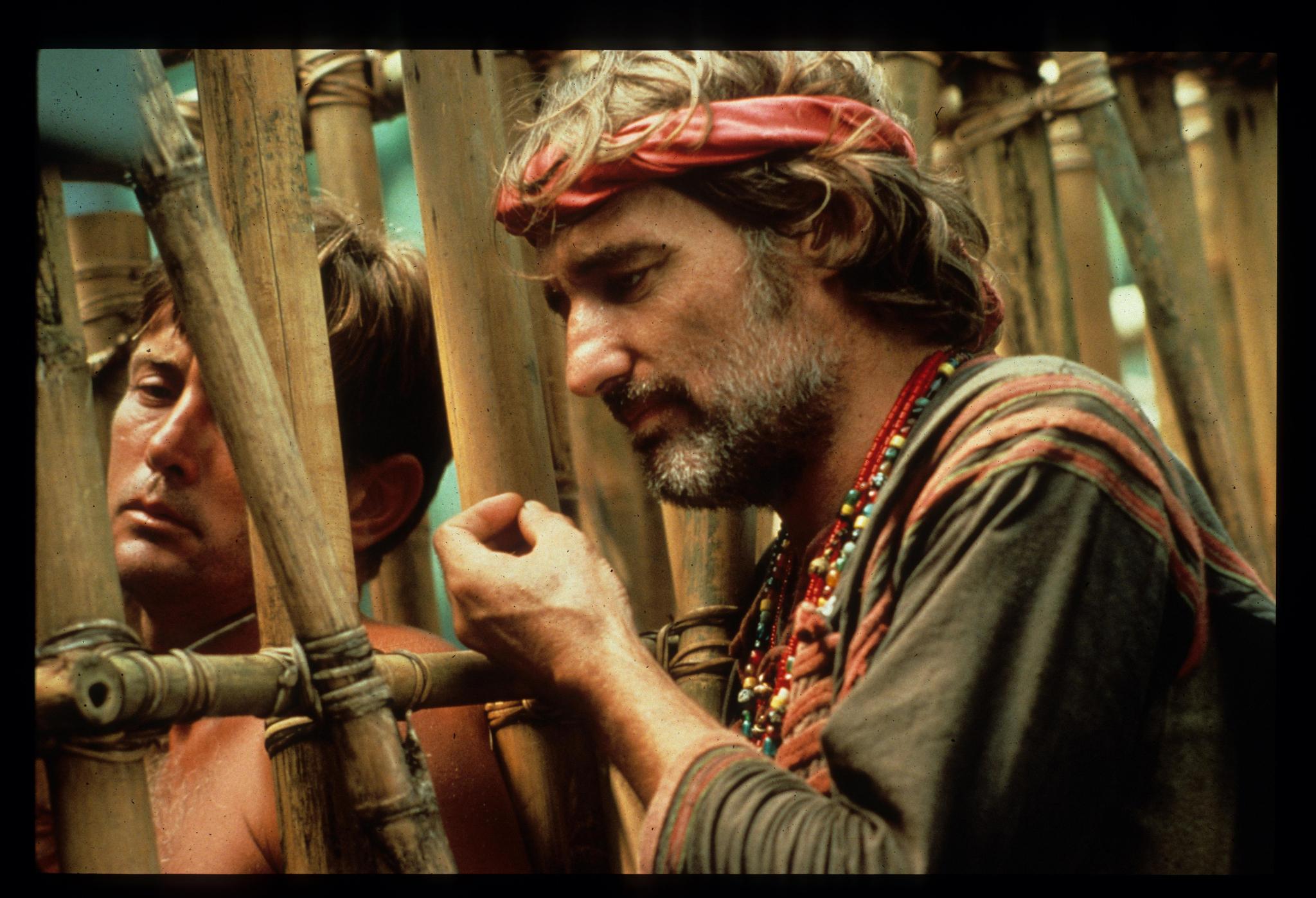
Originally released as a 153-minute long feature film, Francis Ford Coppola’s Vietnam epic was subsequently re-released in 2001 with 49 minutes of additional scenes that were cut from the 1979 version. This extended edition goes by the name “Apocalypse Now Redux” and was edited by Coppola with the help of his film editor and longtime collaborator Walter Munch.
Apart from restoring a lot of deleted footage, “Apocalypse Now Redux” also features an improved, more vibrant color scheme as a result of the Technicolor Dye-Transfer Process, a three-strip process that makes the color highly saturated and has consistent black tone.
An even longer 289-minute workprint version of “Apocalypse Now” also exists and, although never commercially released, it is available as a video bootleg. This workprint version features extra scenes that were not included in either the theatrical or extended edition of the film, including a longer opening montage, a much longer “Ride of Valkyrie” attack scene and a different ending. Moreover, Carmine Coppola’s score is replaced by more songs from the Doors.
3. The Exorcist (1973)
Number of versions: 5
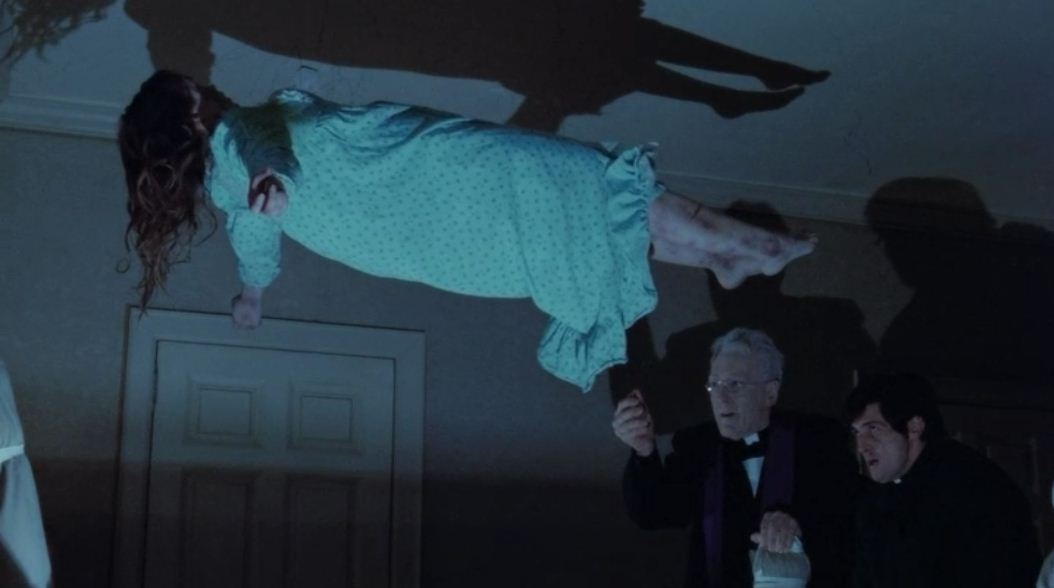
It is not surprising at all that there is more than one version of “The Exorcist.” At the time of its release, William Peter Blatty’s horror was one of the most graphic films to ever exist, and the television networks had to alter a few of its scenes.
In the 1980s, CBS broadcasted a new version of the film that contained some altered scenes. A new scene replaced the Virgin Mary’s crying blood statue with another statue, some f-word scenes were omitted, and many of the curses were modified.
For the 25th anniversary of “The Exorcist,” a special edition was released on DVD and included the original ending, which was cut from the 1973 theatrical release of the film and shows Father Dyer discussing with Lt. Kinderman about Regan and the events that just took place. The film ends with Kinderman quoting Casablanca with the line, “I think this is the beginning of a beautiful friendship.”
In September 2000, a new version labeled “The Version You’ve Never Seen” was released. This new version is considered the director’s cut and has a running time of 135 minutes. It contains many altered or new scenes, the original ending, and additional music cues.
“The Exorcist” was released on Blu-ray in 2010. For this release, director William Friedkin changed both the theatrical cut and the 25th anniversary cut, restoring the stone demons that were removed from the previous releases in two scenes. These new versions are known as the altered theatrical cut, and respectively the altered director’s cut.
4. Touch of Evil (1958)
Number of versions: 3
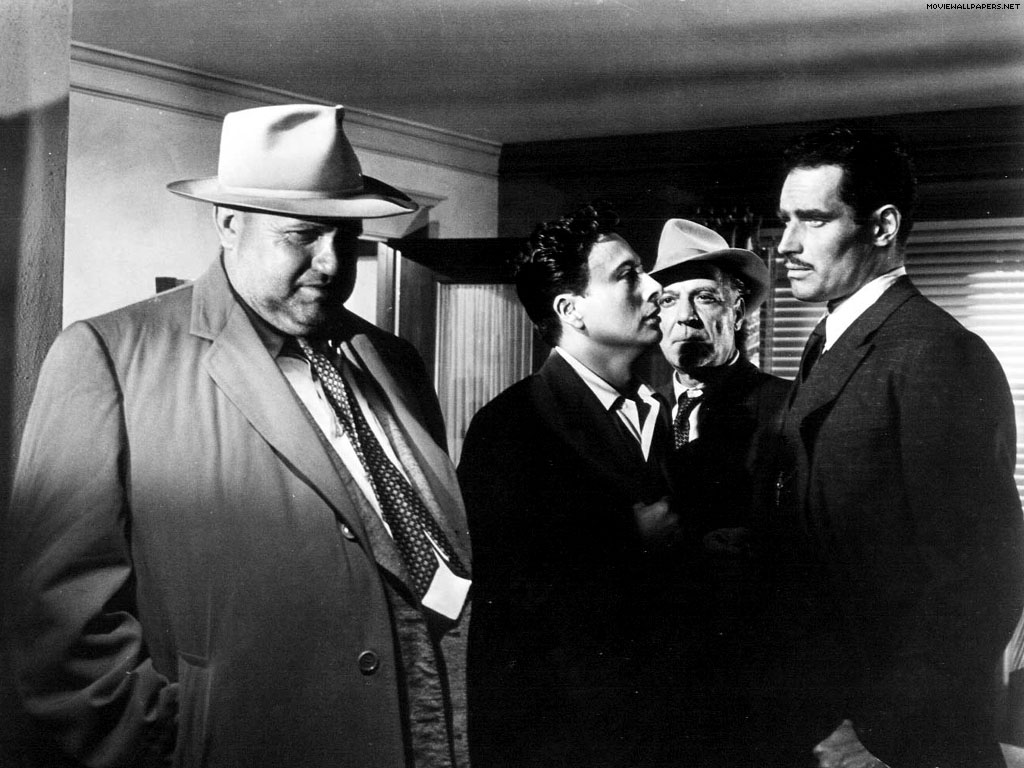
One of his best works, Orson Welles’ film noir “A Touch of Evil” had three different versions released.
The original 1957 release lasted 93 minutes and missed many of the scenes that were contained in Welles’ original cut. Instead of these scenes, some new ones directed by Harry Keller were added to the film.
In 1976, Universal Studios released in cinemas an 108-minute version of the film. This version still contained some of Keller’s filmed scenes, but also restored a few deleted scenes from Welles’ initial cut.
In 1998, film editor Walter Murch worked on a new 111-minute version which was shown at the Telluride Film Festival that year. This cut was based on a 57-page Orson Welles memo and was promoted as the Director’s Cut. However, it is not a true director’s cut, as Welles’ original version no longer exists, but merely an approximation of it.
5. Metropolis (1927)
Number of versions: 5

One of the pioneers of the science fiction genre, “Metropolis” is a spectacular film that was innovative in every possible way. Unfortunately, the film’s 153-minute original cut no longer exists and what we are left with are various restorations of the film.
The first of them is the German Democratic Republic’s 115-minute version, which was worked on by the Staatliches Filmarchiv der DDR between 1968 and 1972. However, this version wasn’t based on a script or any pieces of information about the way the original film was supposed to be.
A shorter version (83 minutes) was released in 1984 by music producer Giorgio Moroder. David Bowie initially wanted to tackle his own restoration of the film, but didn’t manage to get the rights. Despite not receiving the best reviews, Moroder’s restoration of “Metropolis” was the most complete version of the film until 2001.
In 1987, a new version known as the Munich Archive version was released. It was 109 minutes long, contained some newly discovered records of the original intertitles, Gottfried Huppertz’s musical score, and some still images that replaced the scenes which were missing from the film.
The year 2001 saw the release of the 124-minute Restored Authorized Edition of “Metropolis,” which was commissioned by the Friedrich Wilhelm Murnau Foundation and extended the 1987 Munich Archive version. This new restoration of the film contained newly discovered scenes from the original film and intertitles that explained the scenes that were still missing from the film.
The latest and definitive edition of the film, titled the Complete Metropolis, was released in 2010, after in July 2008 film experts from Berlin discovered a 16mm reduction negative of the original cut. This version lasts 172 minutes and incorporates more than 25 minutes of never-before-seen footage and a new recording of Huppertz’s 1927 score.